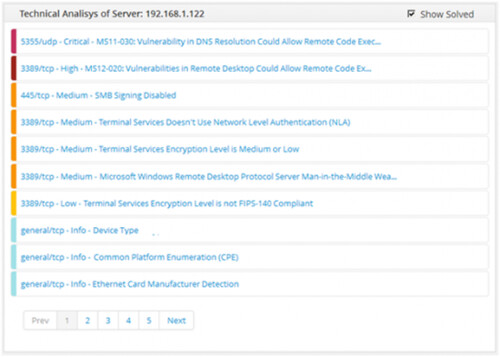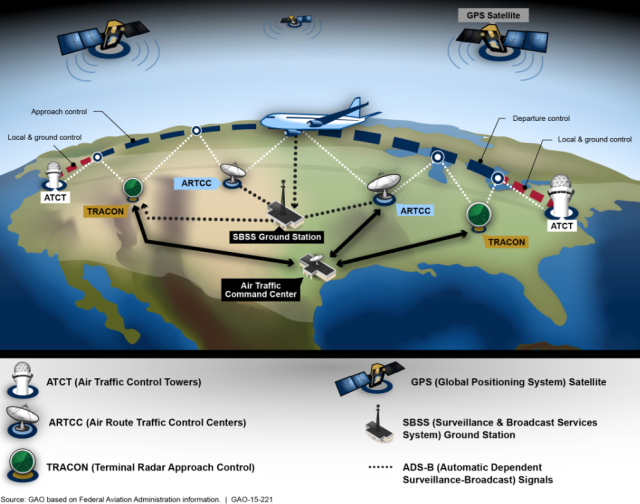President Obama said China should not be allowed to "snoop" on US tech firms' clients
Beijing
has rejected President Obama's criticism of its plan to make tech
companies put backdoors in their software and share their encryption
keys if they want to operate in China.
On Monday, Mr Obama
told the Reuters news agency he had "made it very clear" China had to change its policy if it wanted to do business with the US.
But Beijing said it needed the powers to combat terrorism and tackle leaks.
It also suggested the West was guilty of having double standards.
"The legislation is China's domestic affair, and we hope the US side can take a right, sober and objective view towards it,"
said Chinese foreign ministry spokeswoman Hua Chunying.
"On the information-security issue, there was a [recent]
media revelation that a certain country embedded spying software in the
computer system of another country's Sim card maker, for surveillance
activities. This is only one out of the recently disclosed cases.
"All countries are paying close attention to this and taking
measures to safeguard their own information security, an act that is
beyond any reproach."
The case she was referring to involved allegations that US
cyber-spies had hacked a Dutch Sim card manufacturer in order to help
decrypt their targets' communications.
At another press conference, parliamentary spokeswoman Fu
Ying drew attention to the fact that the US government had imposed
restrictions on Chinese companies including Huawei and ZTE.
And she suggested that Beijing's proposals were in line with
the same kind of access to internet correspondence sought by the US and
British governments.
"We will definitely continue to listen to extensive concerns
and all the parties' views, so we can make the law's formulation more
rigorous," she added.
The rules are part of a proposed counter-terrorism law set to
be discussed by China's annual parliament session, the National
People's Congress (NPC), which opens on Thursday.
Experts warn that adding backdoors to software could make products vulnerable to hackers
'Paranoid espionage'
President Obama's comments had followed the publication of a fresh draft of the proposed law, which was made public last week.
It "would essentially force all foreign companies, including
US companies, to turn over to the Chinese government mechanisms where
they can snoop and keep track of all the users of those services", the
US leader said.
"As you might imagine tech companies are not going to be willing to do that," he added.
Microsoft, Cisco, Oracle and IBM are among firms that would potentially be affected.
While the comments by Chinese officials were measured, the government's press service, Xinhua, was more critical.
It accused the US leader of arrogance and hypocrisy, noting
that the FBI had criticised Apple and Google last year for building
encryption into their smartphone operating systems, and again drew
attention to allegations about the US National Security Agency's
activities made public by the whistleblower Edward Snowden.
"With transparent procedures, China's anti-terrorism campaign
will be different from what the United States has done: letting the
surveillance authorities run amok and turn counter-terrorism into
paranoid espionage and peeping on its civilians and allies,"
Xinhua wrote.
"Contrary to the accusations of the United States, China's
anti-terror law will put no unfair regulatory pressures on foreign
companies, because the provisions will apply to both domestic and
foreign firms."
Insecure systems
The Conservative party has indicated it wants to expand the UK's cyber-spies' surveillance powers it if wins the May election.
US firms, including Microsoft, are hoping to boost profits by selling their services to China
"Our manifesto will make clear that we will... use all the
legal powers available to us to make sure that, where appropriate, the
intelligence and security agencies have the maximum capability to
intercept the communications of suspects while making sure that such
intrusive techniques are properly overseen," Home Secretary Theresa May
told Parliament in January.
One expert said it should be no surprise that the West was
finding it difficult to prevent China seeking greater cyber-surveillance
powers of its own, but added there were good reasons to fear its
proposals.
"Either behind the scenes or increasingly openly, the US and
UK are justifying similar behaviour for their own purposes, but are
extremely concerned when China asks for its own capabilities," said Dr
Joss Wright, from the Oxford Internet Institute.
"But what we don't want to see is a world in which
internet-based products and services are riddled with backdoors by every
state that says it needs to act against terrorism.
"Backdoors are always a concern because they result in a
system that is insecure by default, and which can be exploited. That
makes everyone less safe."
















